
Saffron
What color is Saffron? What are the examples of Saffron color in life? What color is saffron in clothing? What looks best in Saffron? What strange or uncommon things can be of the Saffron color? The Saffron Revolution
What color is Saffron?
Saffron's color is mainly due to the carotenoid chemical crocin, which gives it a slightly bitter taste.
Saffron has different variations, such as rajah, deep saffron, and India saffron, which have different hex codes and color coordinates.
Saffron is also a sacred color in Hinduism, Buddhism, and Sikhism, representing spirit, sacrifice, and renunciation.
Saffron is one of the three colors of the Indian flag, symbolizing courage and sacrifice.
Saffron is a bright and warm color that can evoke feelings of joy, optimism, and energy.
Here are some facts for you:
Saffron is often used in art, design, and fashion to create contrast, highlight, or accentuate other colors.
Saffron is also associated with wisdom, enlightenment, and creativity, as it stimulates the intellect and imagination.
Saffron is a rare and expensive color, as it takes about 150,000 flowers to produce one kilogram of saffron spice.
Example of the palette with the Saffron color

See these colors in NCS, PANTONE, RAL palettes...
Example of the palette with the Saffron color

See these colors in NCS, PANTONE, RAL palettes...
Example of the palette with the Saffron color

See these colors in NCS, PANTONE, RAL palettes...
What are the examples of Saffron color in life?

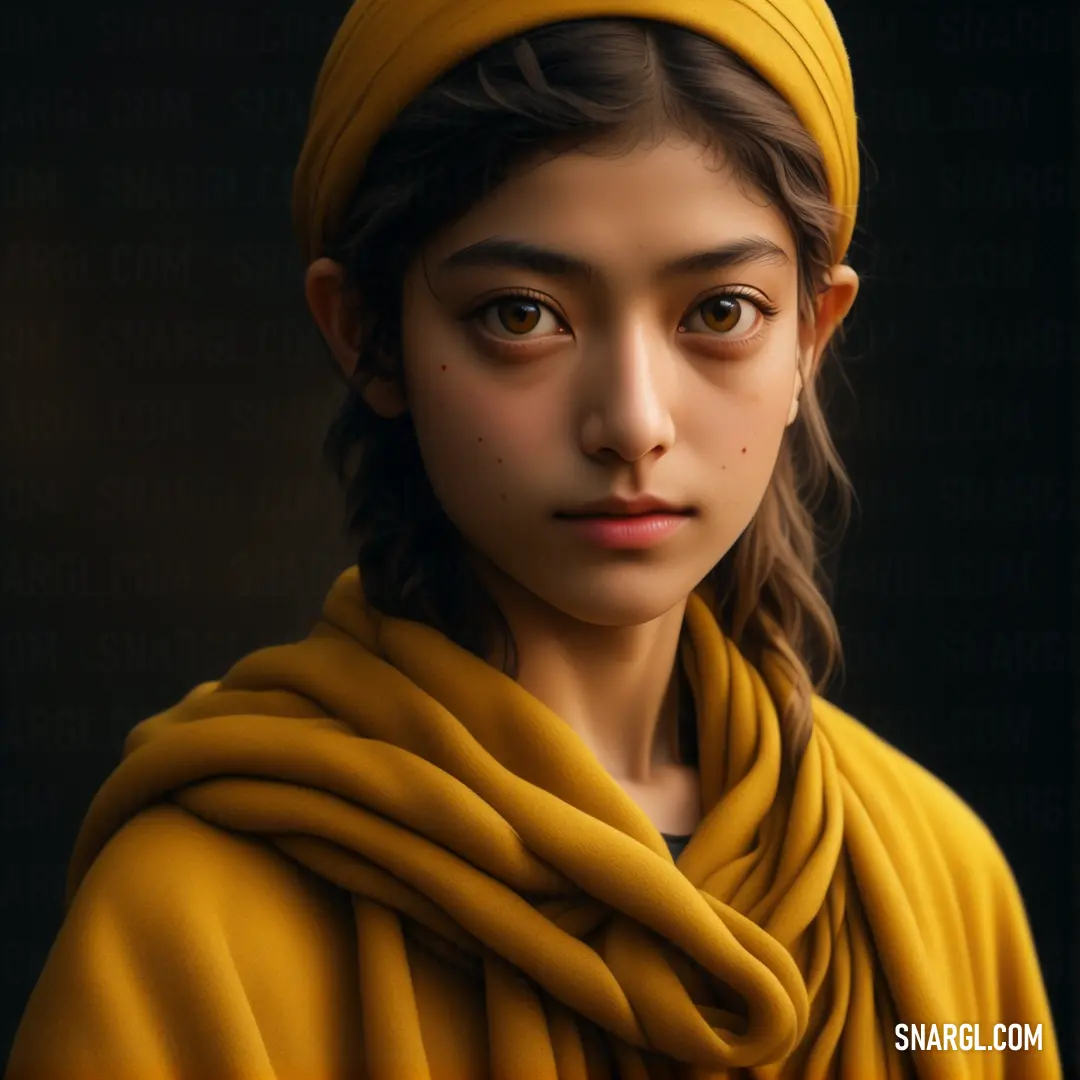
It is a shade of yellow or orange, depending on your perception.
Some examples of saffron color in life are:
A saffron crocus thread tip that has a golden-yellow hue.
The flag of India, which has a deep saffron stripe at the top, representing courage and sacrifice.
The robes of Buddhist monks in the Theravada tradition, which are usually saffron or a lighter tone of yellow.
Nishan Sahib is the flag of Sikhism, which has a saffron background symbolizing spirit and sacrifice.
Saffron dyes fabric dyed can range from a luminous yellow-orange to a rich red.
Example of the palette with the Saffron color
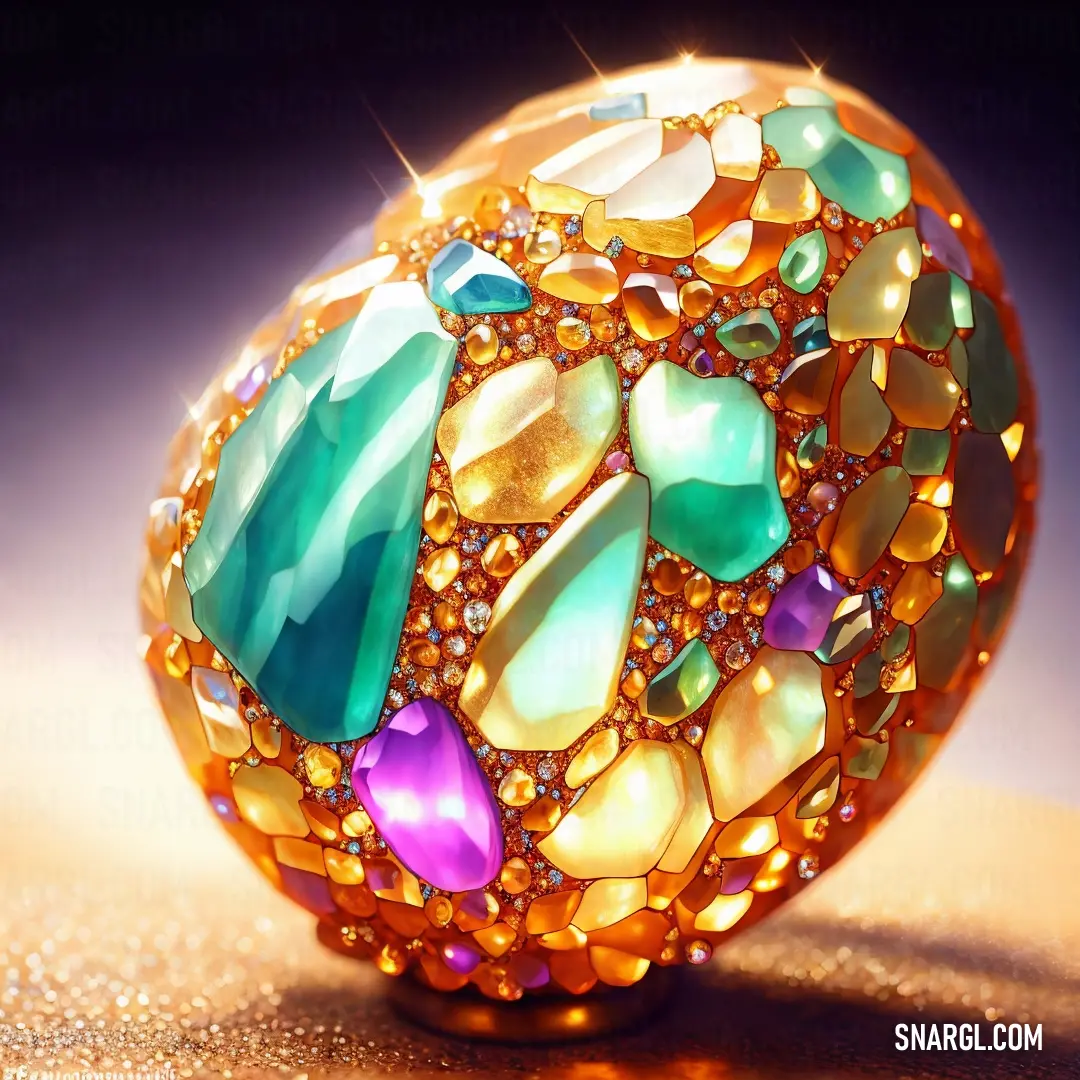
See these colors in NCS, PANTONE, RAL palettes...
What color is saffron in clothing?
Example of the palette with the Saffron color

See these colors in NCS, PANTONE, RAL palettes...
Example of the palette with the Saffron color

See these colors in NCS, PANTONE, RAL palettes...
What looks best in Saffron?
Example of the palette with the Saffron color

See these colors in NCS, PANTONE, RAL palettes...
Example of the palette with the Saffron color

See these colors in NCS, PANTONE, RAL palettes...
What strange or uncommon things can be of the Saffron color?
Example of the palette with the Saffron color

See these colors in NCS, PANTONE, RAL palettes...
The Saffron Revolution
Sonja Westwood was known for her wild ideas and even wilder inventions. Her workshop, a chaotic symphony of gears, wires, and half-finished projects, was a testament to her boundless creativity. One day, while experimenting with a new type of paint, she stumbled upon a shade so mesmerizing that it seemed to glow with an inner light. She named it "Saffron," after the precious spice that shared its vibrant hue.

Scarlett Buffalo, on the other hand, was the epitome of order. Her cleaning business, "Buffalo's Buffs," was renowned for its impeccable service. Scarlett had an eye for detail and a deep appreciation for beauty, even in the mundane. She believed that cleanliness was not just about removing dirt but about revealing the hidden potential of every surface.
Their story began on a rainy afternoon when Scarlett was hired to clean Sonja's workshop. As she meticulously dusted and polished, she couldn't help but notice the strange, glowing paint splattered across the inventor's latest project. Intrigued, she asked Sonja about it.
"This," Sonja said with a twinkle in her eye, "is Saffron. It's not just a color; it's an experience. It changes everything it touches."
Scarlett was skeptical but curious. She asked if she could try it out, and Sonja, always eager to share her discoveries, handed her a brush. Scarlett dipped it into the Saffron paint and applied it to a dull, old chair. To her amazement, the chair seemed to come alive, its surface shimmering with a warmth and energy that was almost magical.

From that moment, the two women became inseparable. They began experimenting with Saffron in every conceivable way. They painted walls, furniture, and even fabrics. Each time, the results were astonishing. The color seemed to breathe life into everything it touched, transforming the ordinary into the extraordinary.
Word of their experiments spread, and soon, people from all over Chromatopolis were clamoring to see the Saffron creations. Sonja and Scarlett decided to open a studio where they could showcase their work and offer custom designs. They called it "The Saffron Revolution."
The studio became an instant sensation. People marveled at the way Saffron could turn a simple room into a vibrant oasis or a plain dress into a stunning masterpiece. Designers, artists, and even architects flocked to The Saffron Revolution, eager to incorporate the magical color into their own creations.
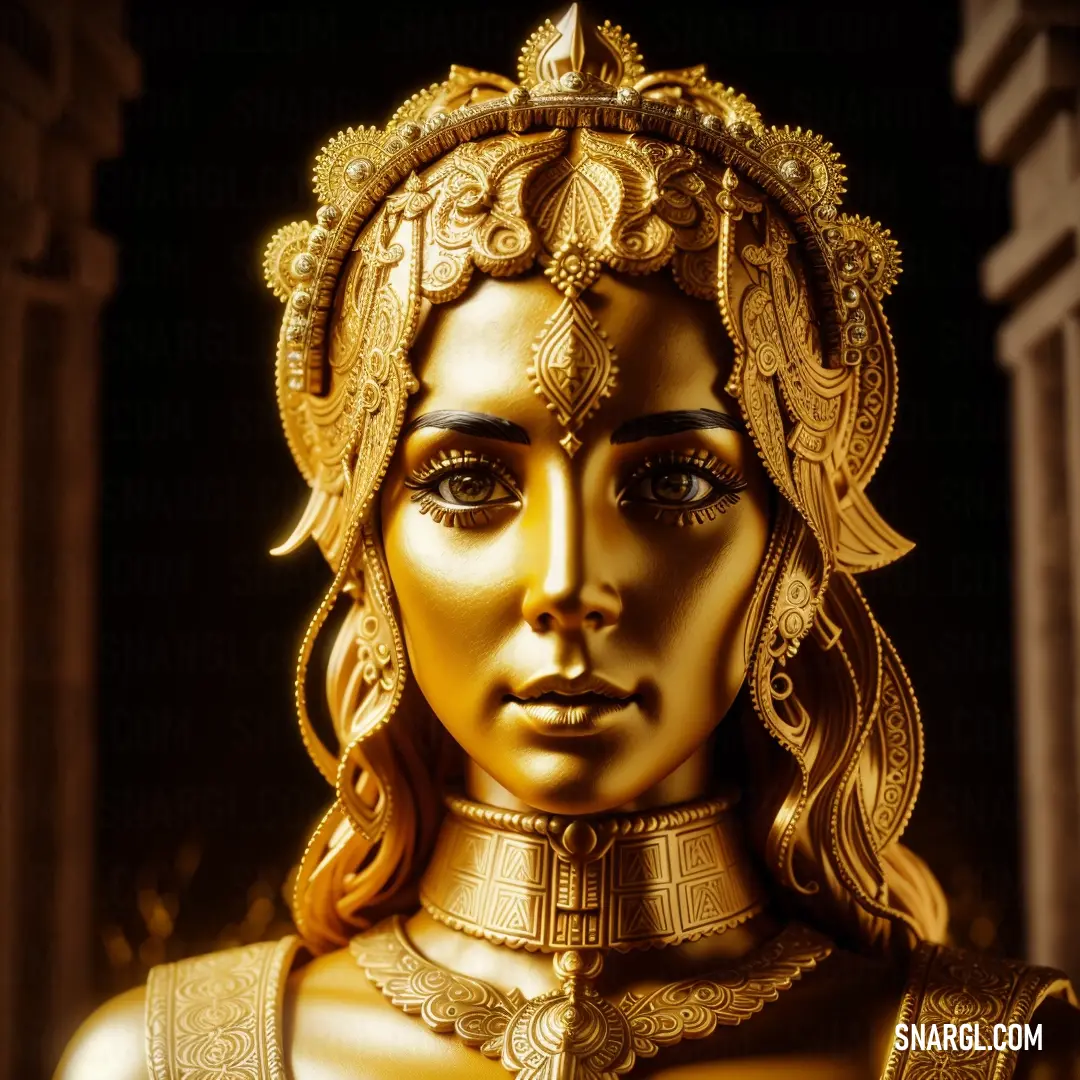
But the true magic of Saffron lay not just in its beauty but in its ability to bring people together. The studio became a hub of creativity and collaboration, where ideas flowed freely, and everyone was encouraged to experiment and innovate. Sonja and Scarlett's partnership, born out of curiosity and a shared love of beauty, became a symbol of what could be achieved when different perspectives came together.
As the years passed, The Saffron Revolution continued to grow, spreading its vibrant influence far beyond Chromatopolis. Sonja and Scarlett remained at the heart of it all, their friendship and collaboration a testament to the power of creativity and the magic of color.
And so, the city of Chromatopolis, once a place of ordinary hues, was forever transformed by the brilliance of Saffron and the extraordinary women who dared to dream in color.




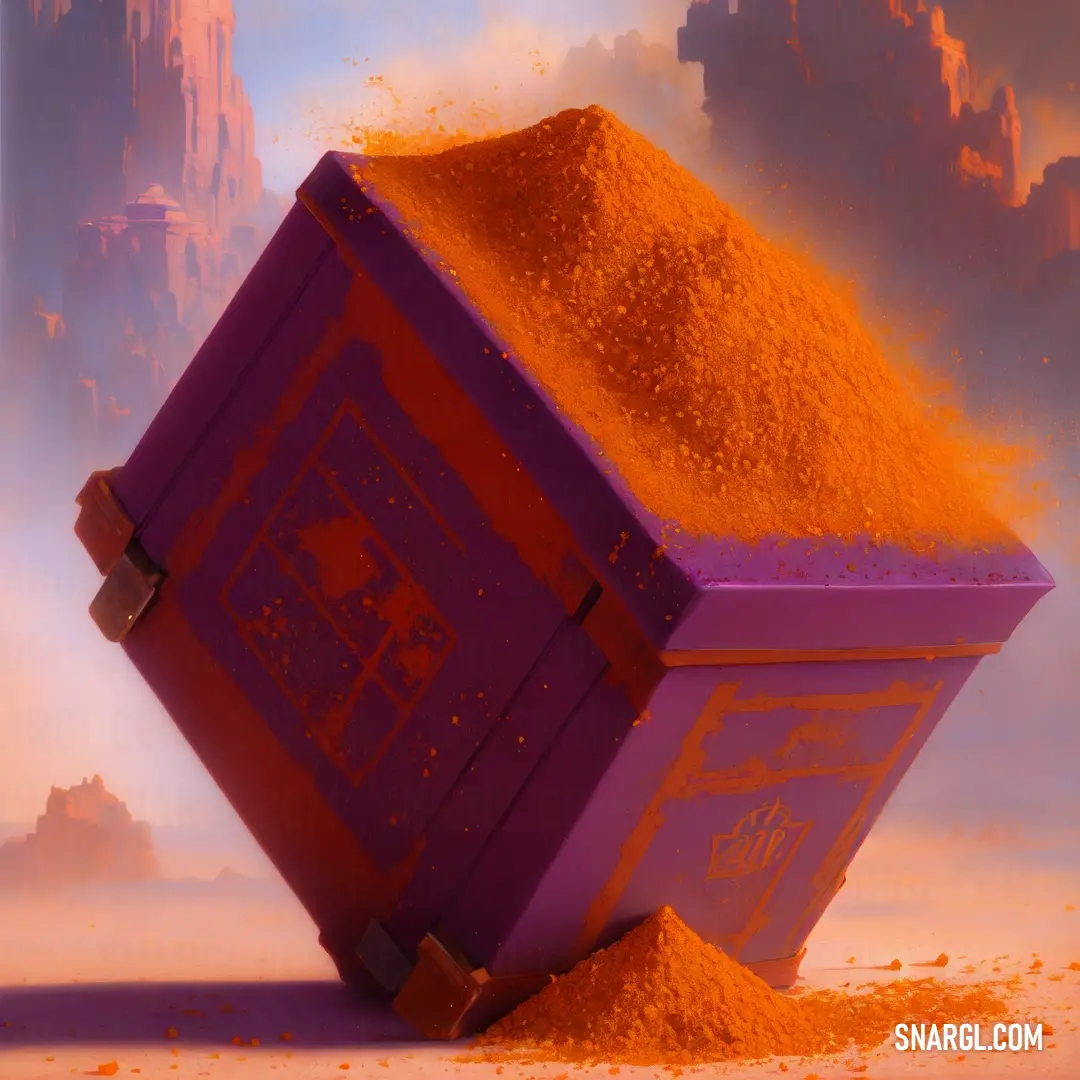





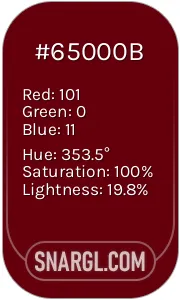 Rosewood
Rosewood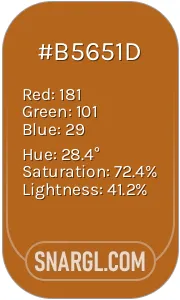 Light brown
Light brown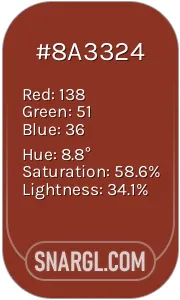 Burnt umber
Burnt umber Saffron
Saffron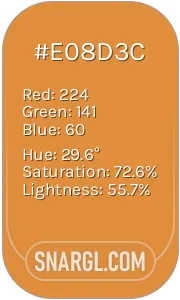 Tiger eye
Tiger eye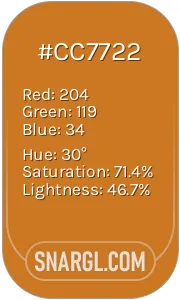 Ochre
Ochre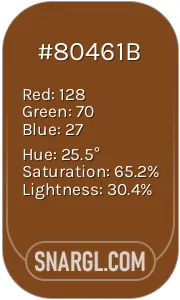 Russet
Russet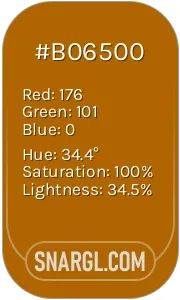 Ginger
Ginger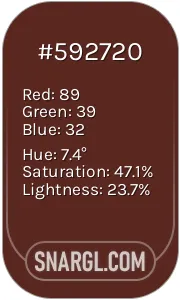 Caput mortuum
Caput mortuum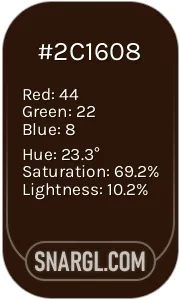 Zinnwaldite
Zinnwaldite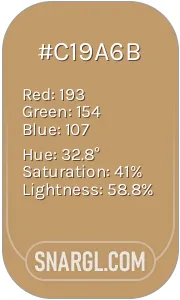 Camel
Camel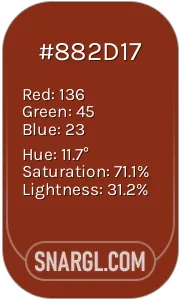 Sienna
Sienna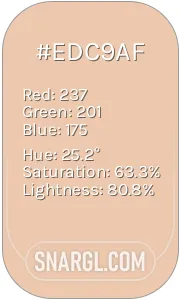 Desert sand
Desert sand
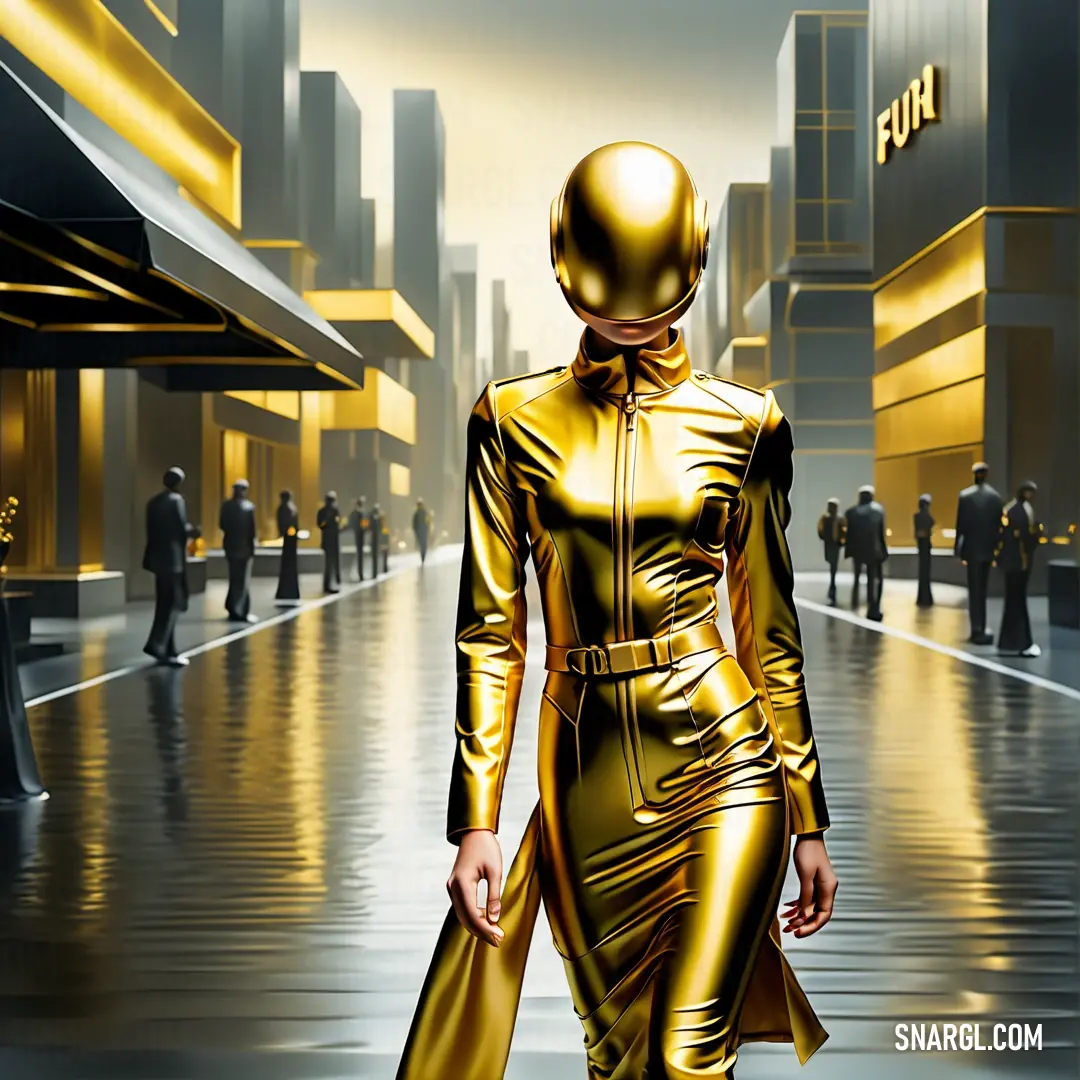
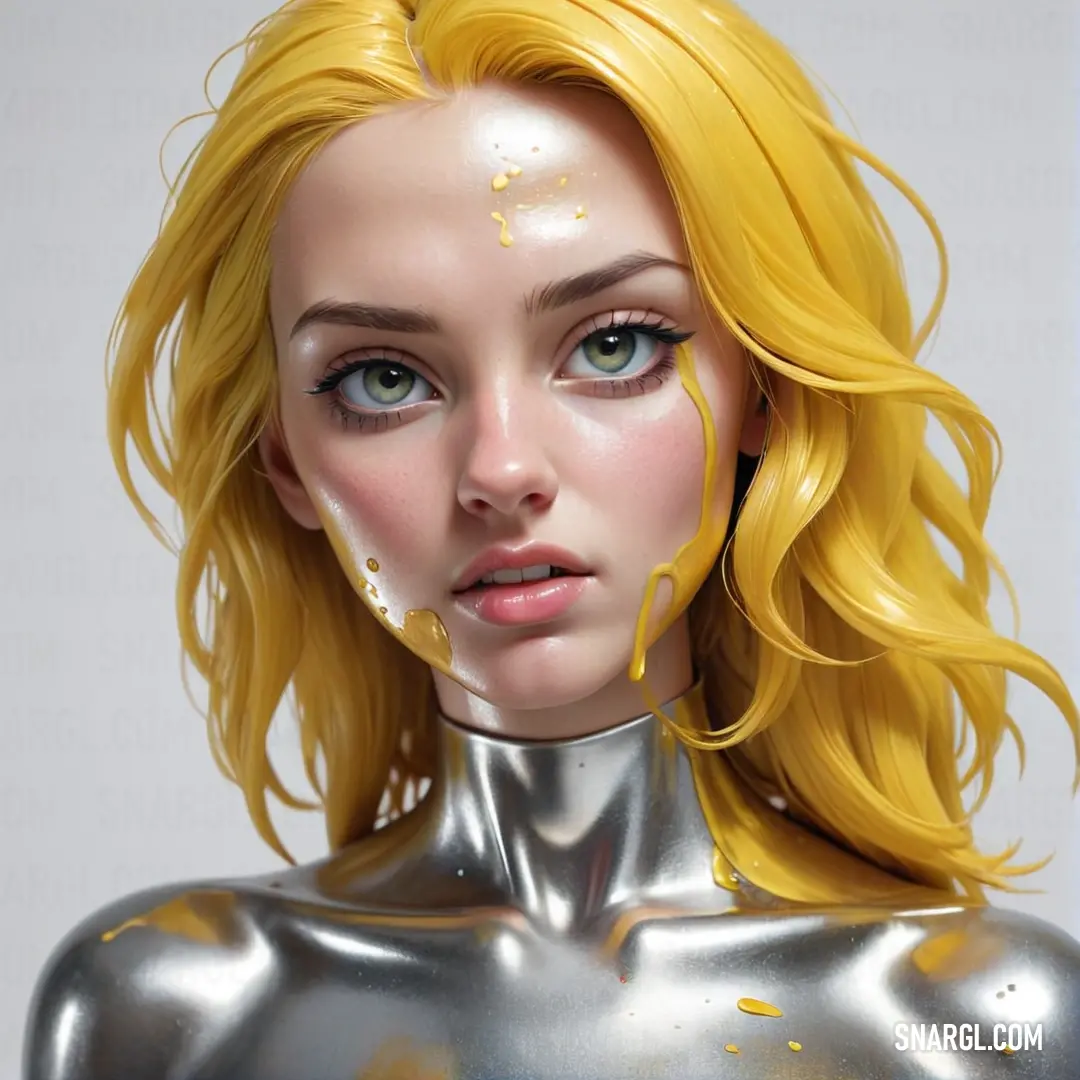







 Sepia
Sepia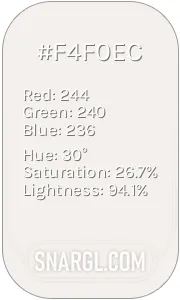 Isabelline
Isabelline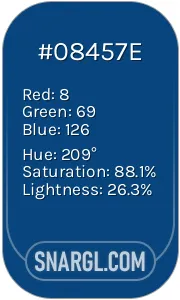 Dark cerulean
Dark cerulean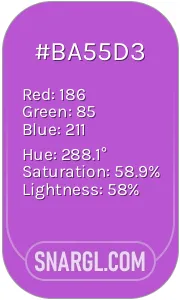 Medium orchid
Medium orchid





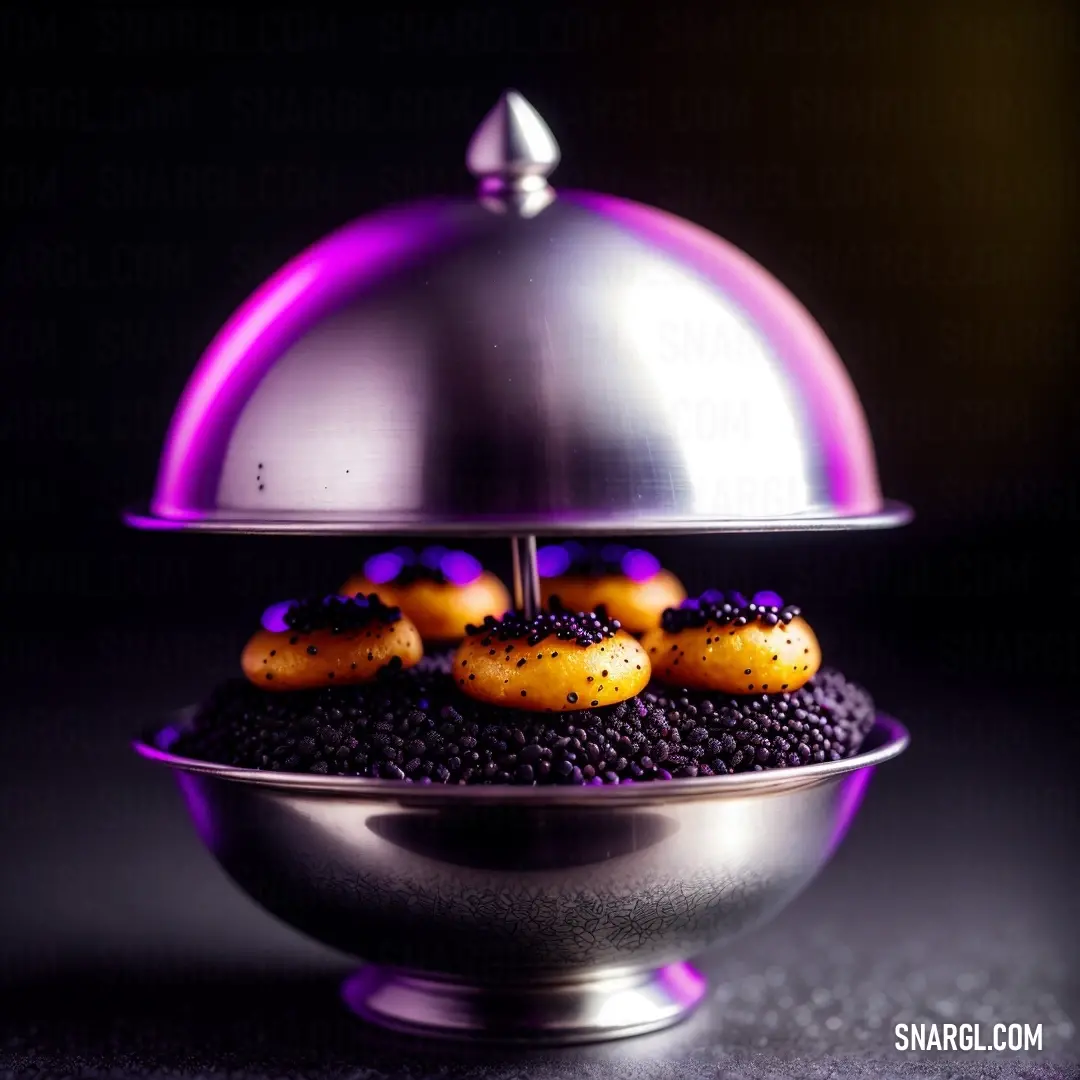



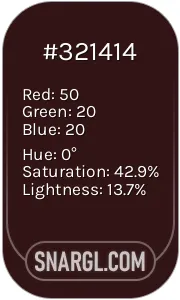 Seal brown
Seal brown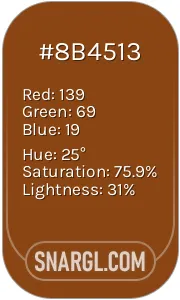 Saddle brown
Saddle brown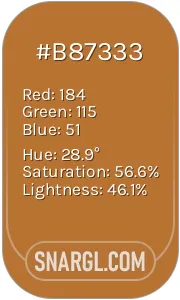 Copper
Copper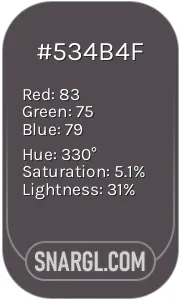 Liver
Liver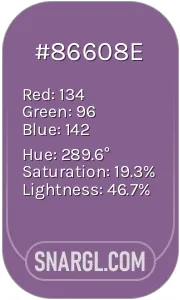 French lilac
French lilac






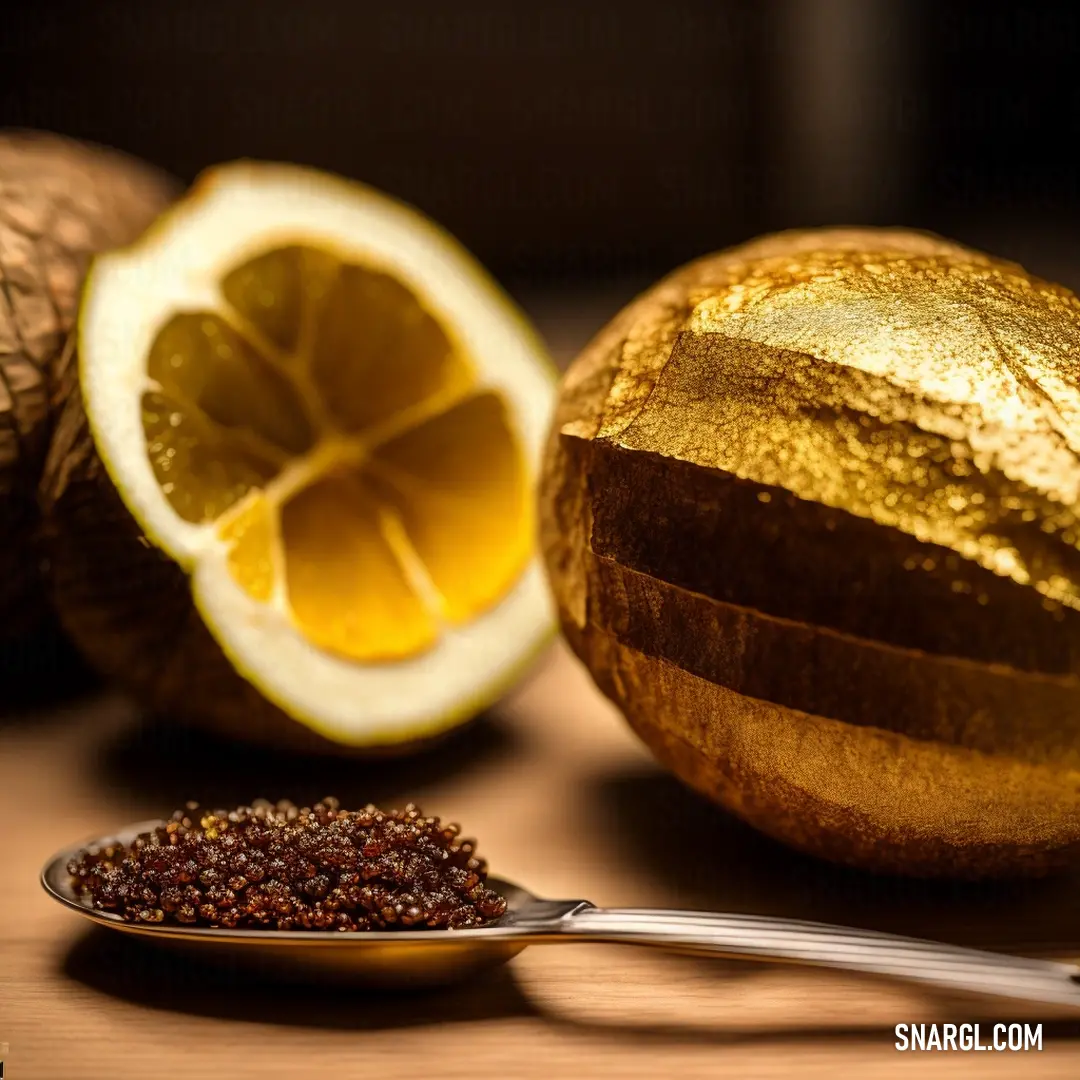
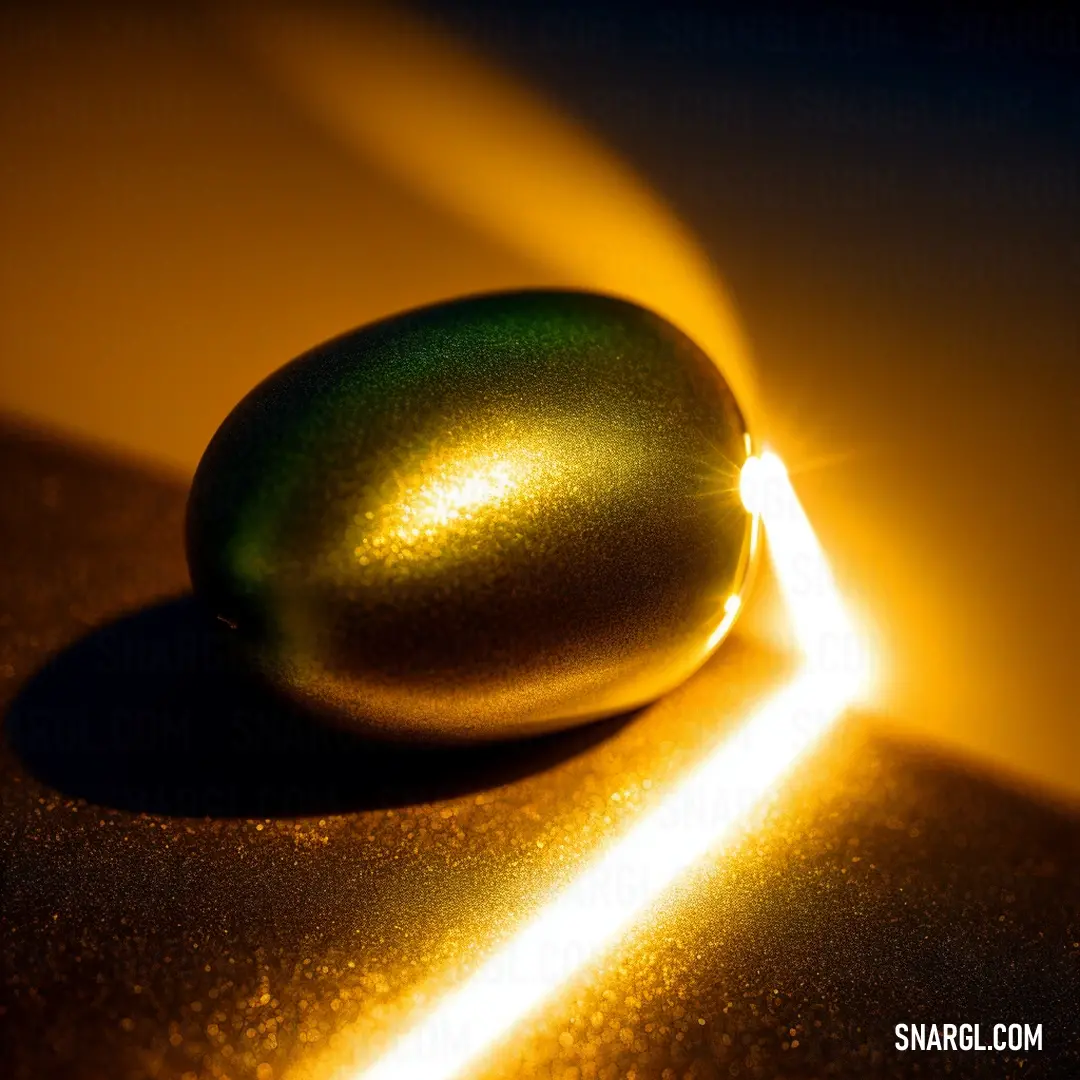

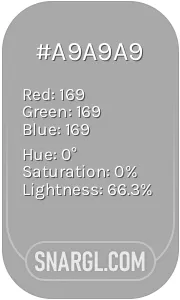 Dark gray
Dark gray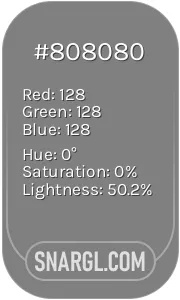 Gray
Gray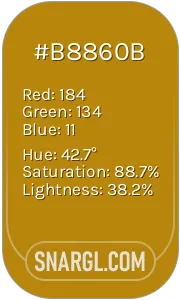 Dark goldenrod
Dark goldenrod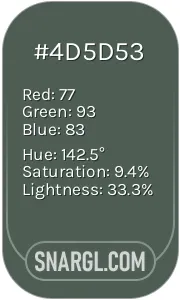 Feldgrau
Feldgrau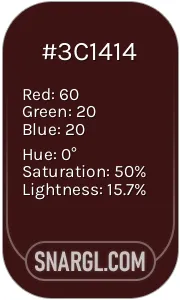 Dark sienna
Dark sienna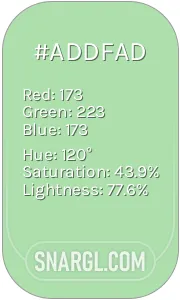 Moss green
Moss green Beaver
Beaver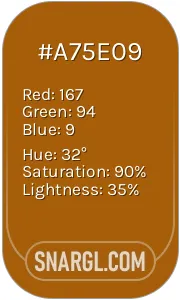 Raw umber
Raw umber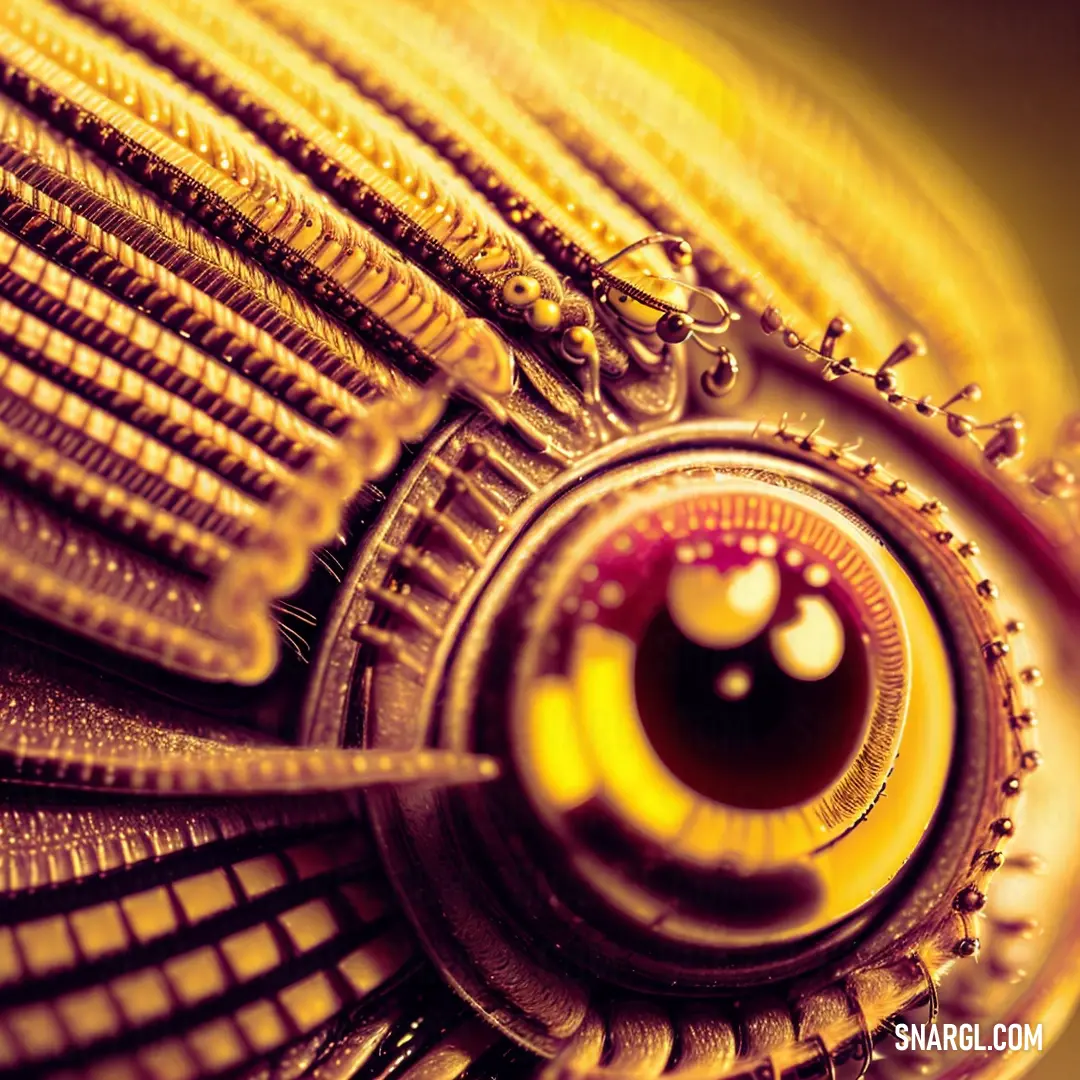
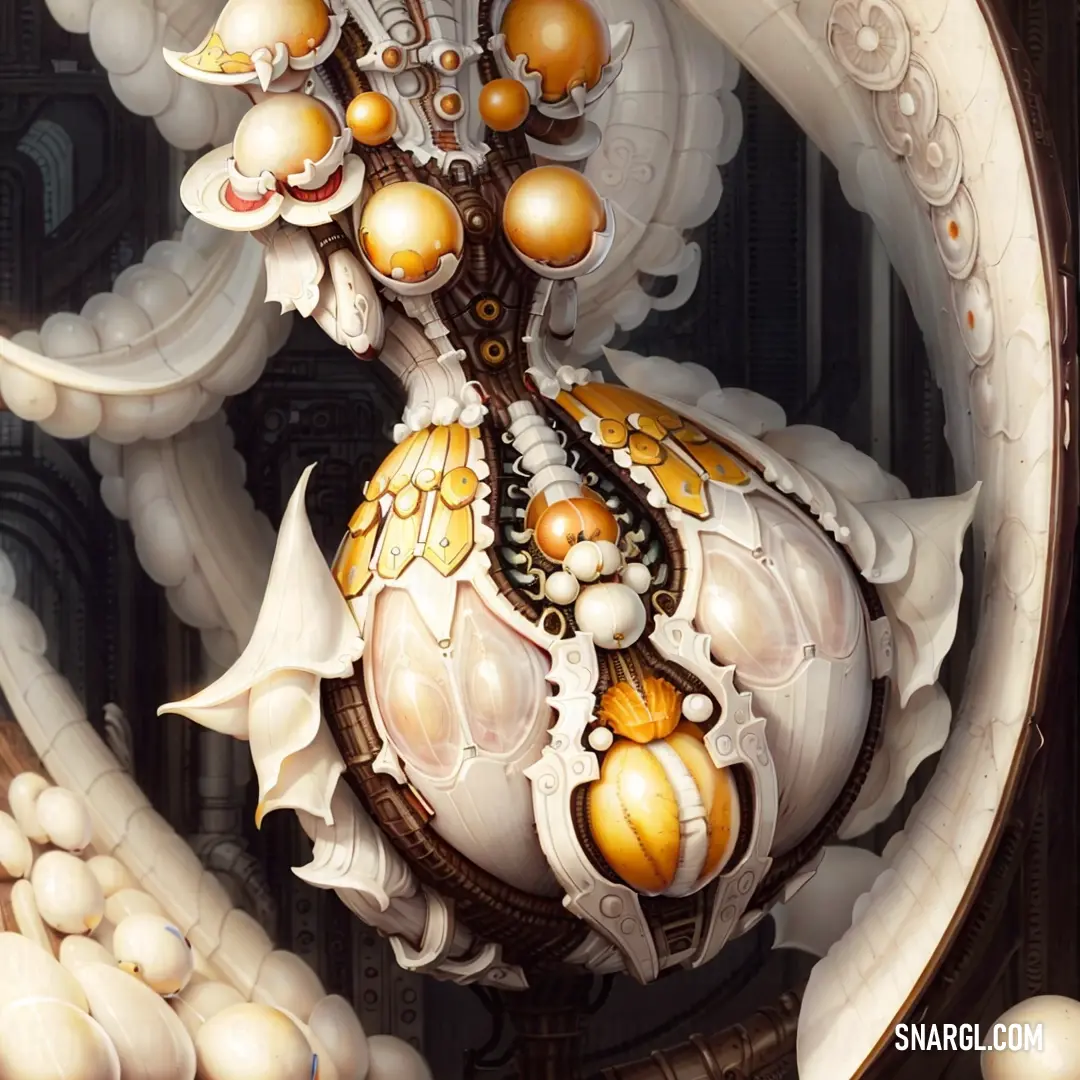
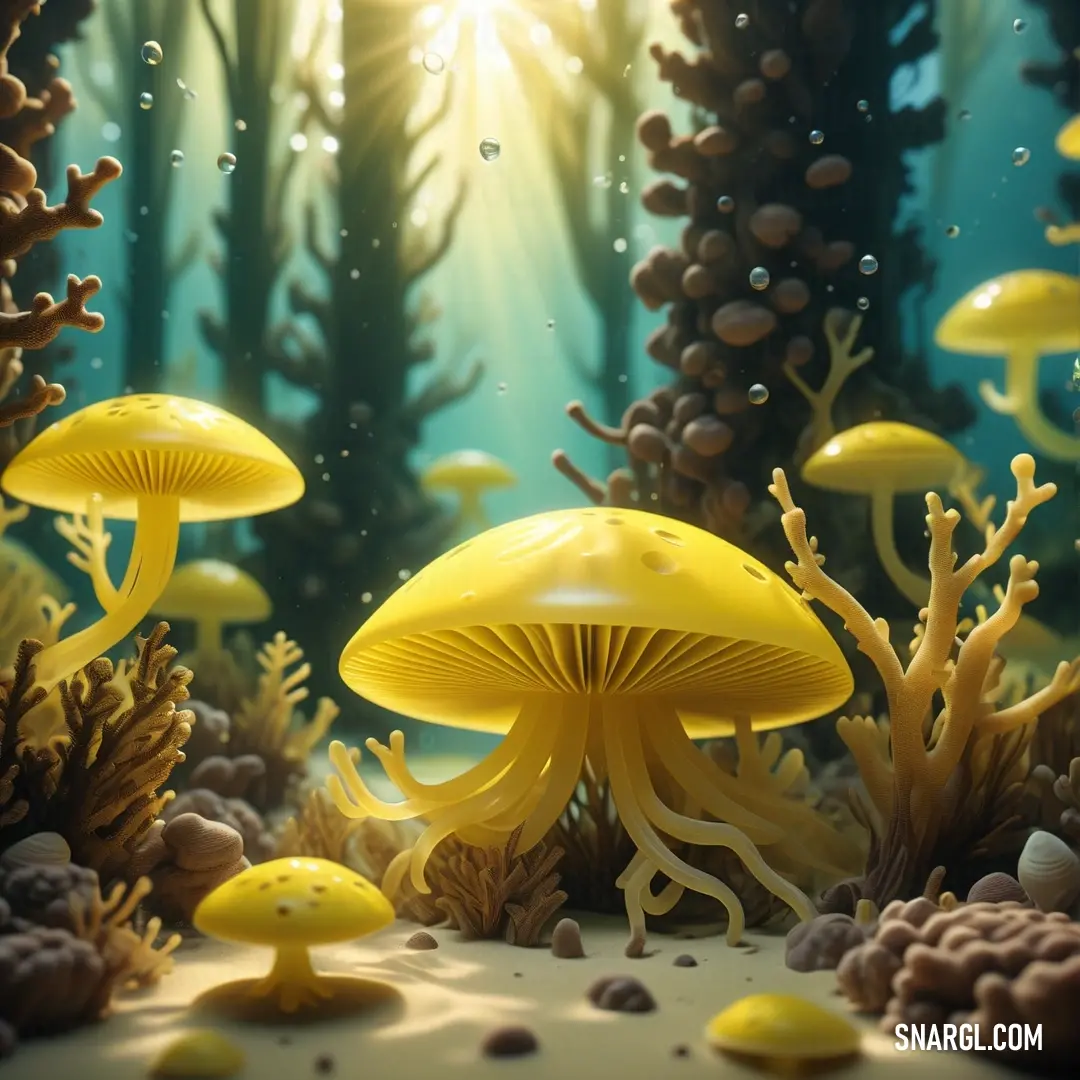
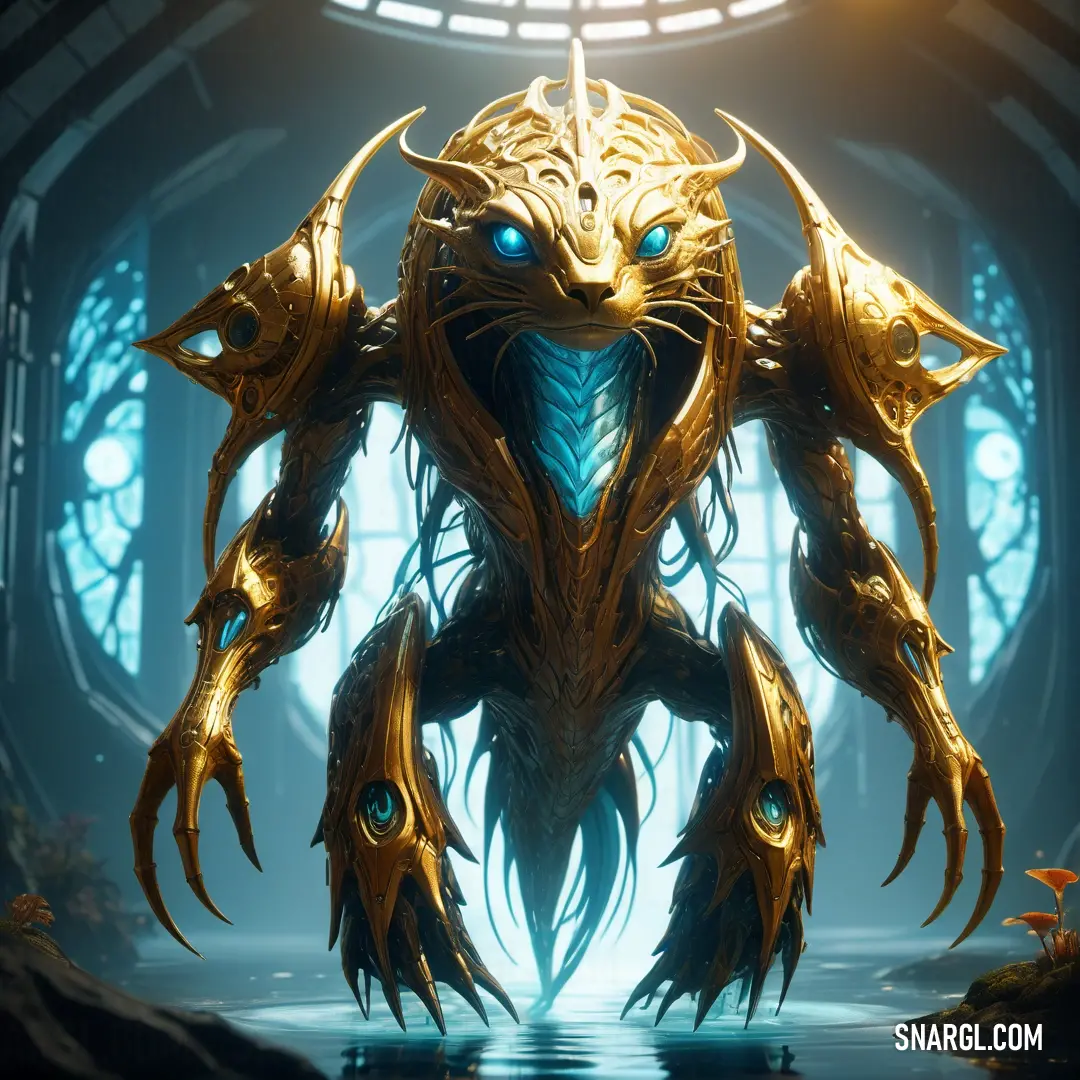
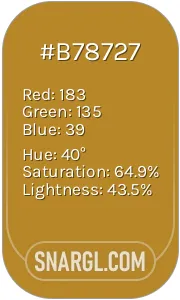 University of California Gold
University of California Gold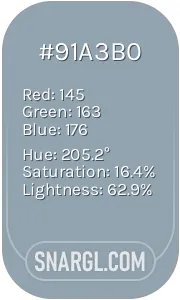 Cadet grey
Cadet grey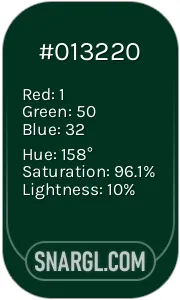 Dark green
Dark green



























